1.4 Contemporary Psychology
1-
Psychology’s roots lie in many disciplines and countries. The young science of psychology developed from the more established fields of philosophy and biology. Wundt was both a philosopher and a physiologist. Ivan Pavlov, who pioneered the study of learning, was a Russian physiologist. Freud was an Austrian physician. Jean Piaget, the last century’s most influential observer of children, was a Swiss biologist. James was an American philosopher. This list of pioneering psychologists—
Like the pioneers, today’s psychologists are citizens of many lands. The International Union of Psychological Science has 82 member nations, from Albania to Zimbabwe. Psychology is growing and it is globalizing. The story of psychology is being written in many places, with interests ranging from nerve cell activity to international conflicts.
The Cognitive Revolution
cognitive neuroscience the interdisciplinary study of the brain activity linked with cognition (including perception, thinking, memory, and language).
Psychologists in the 1960s pioneered a “cognitive revolution,” leading the field back to its early interest in mental processes. Cognitive psychology today continues its scientific exploration of how we perceive, process, and remember information, and the cognitive roots of anxiety, depression, and other psychological disorders. Cognitive neuroscience was birthed by the marriage of cognitive psychology (the science of mind) and neuroscience (the science of brain). This interdisciplinary field studies the brain activity underlying mental activity.
Evolutionary Psychology and Behavior Genetics
nature–nurture issue the longstanding controversy over the relative contributions that genes and experience make to the development of psychological traits and behaviors. Today’s science sees traits and behaviors arising from the interaction of nature and nurture.

Are our human traits present at birth, or do they develop through experience? The debate over this huge nature–nurture issue is ancient. Greek philosopher Plato (428–
natural selection the principle that those chance inherited traits that better enable an organism to survive and reproduce in a particular environment will most likely be passed on to succeeding generations.
More insight into nature’s influence on behavior arose after a 22-
evolutionary psychology the study of the evolution of behavior and the mind, using principles of natural selection.
behavior genetics the study of the relative power and limits of genetic and environmental influences on behavior.
The nature–
Over and over again we will see that in contemporary science, the nature–
RETRIEVE IT
Question
How did the cognitive revolution affect the field of psychology?
Question
What is natural selection?
Question
What is contemporary psychology's position on the nature–
Cross-Cultural and Gender Psychology
“All people are the same; only their habits differ.”
Confucius, 551–
culture the enduring behaviors, ideas, attitudes, values, and traditions shared by a group of people and transmitted from one generation to the next.
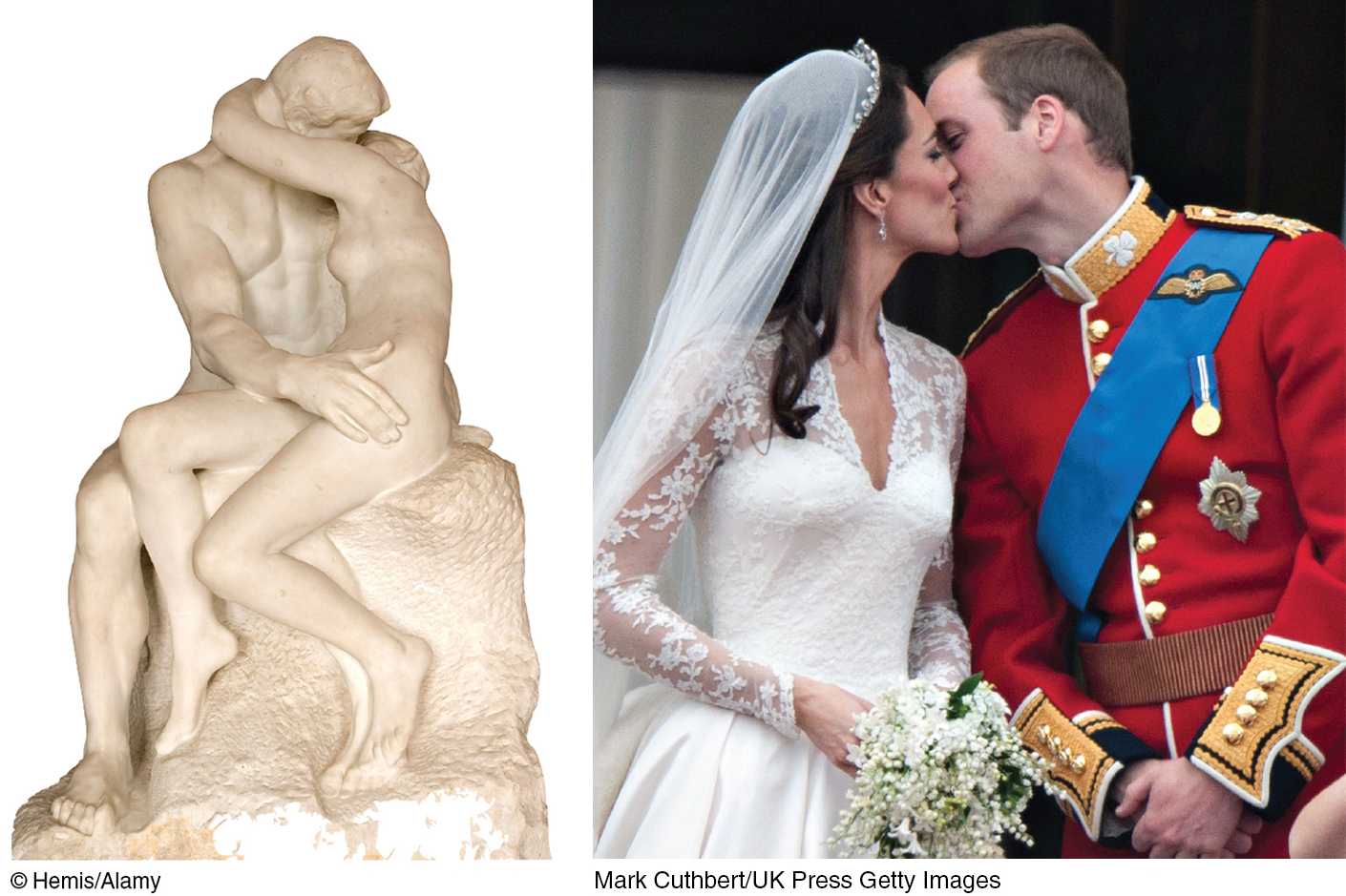
What can we learn about people in general from psychological studies done in one time and place—
It is also true, however, that our shared biological heritage unites us as a universal human family. The same underlying processes guide people everywhere. Some examples:
People with specific learning disorder (formerly called dyslexia) exhibit the same brain malfunction whether they are Italian, French, or British (Paulesu et al., 2001).
Variation in languages may impede communication across cultures. Yet all languages share deep principles of grammar, and people from opposite hemispheres can communicate with a smile or a frown.
People in different cultures vary in feelings of loneliness (Lykes & Kemmelmeier, 2014). But across cultures, loneliness is magnified by shyness, low self-
esteem, and being unmarried (Jones et al., 1985; Rokach et al., 2002).
We are each in certain respects like all others, like some others, and like no other. Studying people of all races and cultures helps us discern our similarities and our differences, our human kinship and our diversity.
You will see throughout this book that gender matters, too. Researchers report gender differences in what we dream, in how we express and detect emotions, and in our risk for alcohol use disorder, depression, and eating disorders. Gender differences fascinate us, and studying them is potentially beneficial. For example, many researchers have observed that women carry on conversations more readily to build relationships, while men talk more to give information and advice (Tannen, 2001). Knowing this difference can help us prevent conflicts and misunderstandings in everyday interactions.
But again, psychologically as well as biologically, women and men are overwhelmingly similar. Whether female or male, we learn to walk at about the same age. We experience the same sensations of light and sound. We remember vivid emotional events and forget mundane details. We feel the same pangs of hunger, desire, and fear. We exhibit similar overall intelligence and well-
The point to remember: Even when specific attitudes and behaviors vary by gender or across cultures, as they often do, the underlying processes are much the same.
Positive Psychology
 is a research-
is a research-
positive psychology the scientific study of human functioning, with the goals of discovering and promoting strengths and virtues that help individuals and communities to thrive.
Psychology’s first hundred years focused on understanding and treating troubles, such as abuse and anxiety, depression and disease, prejudice and poverty. Much of today’s psychology continues the exploration of such challenges. Without slighting the need to repair damage and cure disease, Martin Seligman and others (2002, 2005, 2011) have called for more research on human flourishing. These psychologists call their approach positive psychology. They believe that happiness is a by-
Psychology’s Three Main Levels of Analysis
1-
Each of us is a complex system that is part of a larger social system. But each of us is also composed of smaller systems, such as our nervous system and body organs, which are composed of still smaller systems—
levels of analysis the differing complementary views, from biological to psychological to social-
biopsychosocial approach an integrated approach that incorporates biological, psychological, and social-
These tiered systems suggest different levels of analysis, which offer complementary outlooks. It’s like explaining horrific school shootings. Is it because the shooters have brain disorders or genetic tendencies that cause them to be violent? Because they have been rewarded for violent behavior? Because they live in a gun-

Each level provides a valuable playing card in psychology’s explanatory deck. It’s a vantage point for viewing a behavior or mental process, yet each by itself is incomplete. Like different academic disciplines, psychology’s varied perspectives ask different questions and have their own limits. The different perspectives described in TABLE 1.1 complement one another. Consider, for example, how they shed light on anger:
Someone working from a neuroscience perspective might study brain circuits that cause us to be red in the face and “hot under the collar.”
Someone working from an evolutionary perspective might analyze how anger facilitated the survival of our ancestors’ genes.
Someone working from a behavior genetics perspective might study how heredity and experience influence our individual differences in temperament.
Someone working from a psychodynamic perspective might view an outburst as an outlet for unconscious hostility.
Someone working from a behavioral perspective might attempt to determine what triggers angry responses or aggressive acts.
Someone working from a cognitive perspective might study how our interpretation of a situation affects our anger and how our anger affects our thinking.
Someone working from a social-
cultural perspective might explore how expressions of anger vary across cultural contexts.
Psychology’s Current Perspectives
| Perspective | Focus | Sample Questions | Examples of Subfields Using This Perspective |
|---|---|---|---|
| Neuroscience | How the body and brain enable emotions, memories, and sensory experiences | How do pain messages travel from the hand to the brain? How is blood chemistry linked with moods and motives? | Biological; cognitive; clinical |
| Evolutionary | How the natural selection of traits has promoted the survival of genes | How does evolution influence behavior tendencies? | Biological; developmental; social |
| Behavior genetics | How our genes and our environment influence our individual differences | To what extent are psychological traits such as intelligence, personality, sexual orientation, and vulnerability to depression products of our genes? Of our environment? | Personality; developmental; legal/forensic |
| Psychodynamic | How behavior springs from unconscious drives and conflicts | How can someone’s personality traits and disorders be explained by unfulfilled wishes and childhood traumas? | Clinical; counseling; personality |
| Behavioral | How we learn observable responses | How do we learn to fear particular objects or situations? What is the most effective way to alter our behavior, say, to lose weight or stop smoking? | Clinical; counseling; industrial- |
| Cognitive | How we encode, process, store, and retrieve information | How do we use information in remembering? Reasoning? Solving problems? | Cognitive neuroscience; clinical; counseling; industrial- |
| Social- |
How behavior and thinking vary across situations and cultures | How are we alike as members of one human family? How do we differ as products of our environment? | Developmental; social; clinical; counseling |
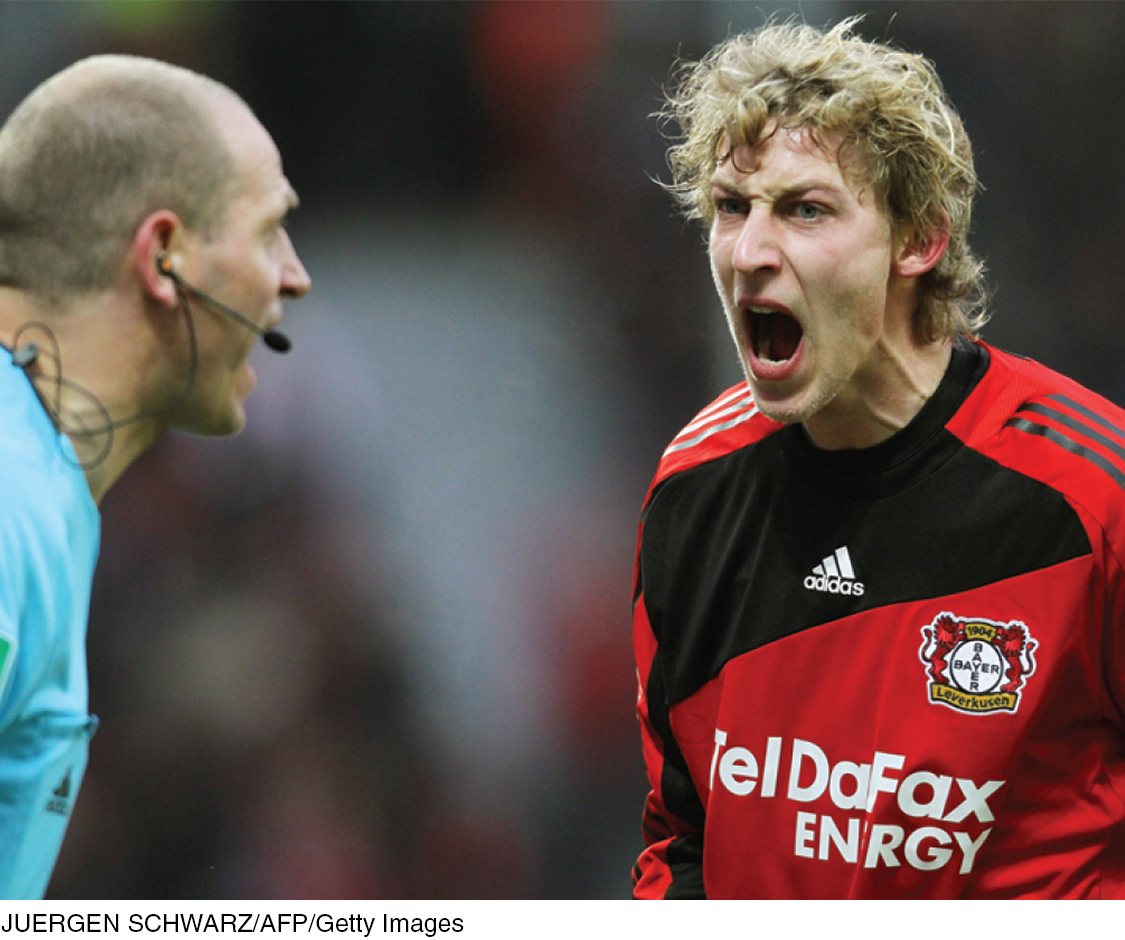
The point to remember: Like two-
RETRIEVE IT
Question
What advantage do we gain by using the biopsychosocial approach in studying psychological events?
Question
The perspective in psychology focuses on how behavior and thought differ from situation to situation and from culture to culture, while the perspective emphasizes observation of how we respond to and learn in different situations.
Psychology’s Subfields
1-
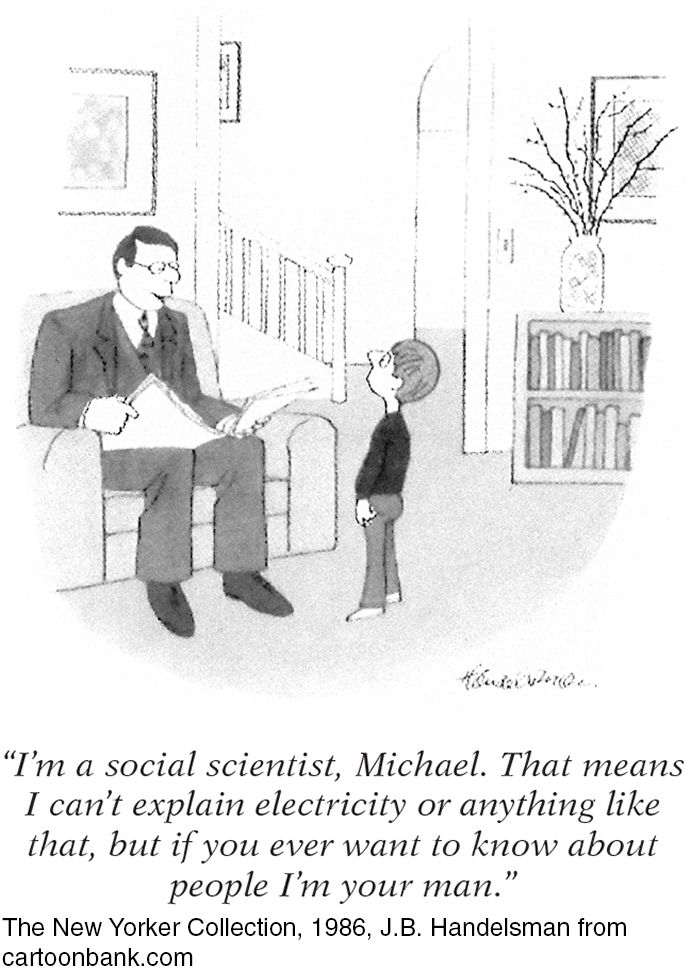
Picturing a chemist at work, you probably envision a scientist in a laboratory, surrounded by test tubes and high-
a white-
coated scientist probing a rat’s brain. an intelligence researcher measuring how quickly an infant shows boredom by looking away from a familiar picture.
an executive evaluating a new “healthy lifestyles” training program for employees.
a researcher at a computer analyzing “big data” from Twitter or Facebook status updates.
a therapist listening carefully to a depressed client’s thoughts.
a traveler visiting another culture and collecting data on variations in human values and behaviors.
a teacher or writer sharing the joy of psychology with others.
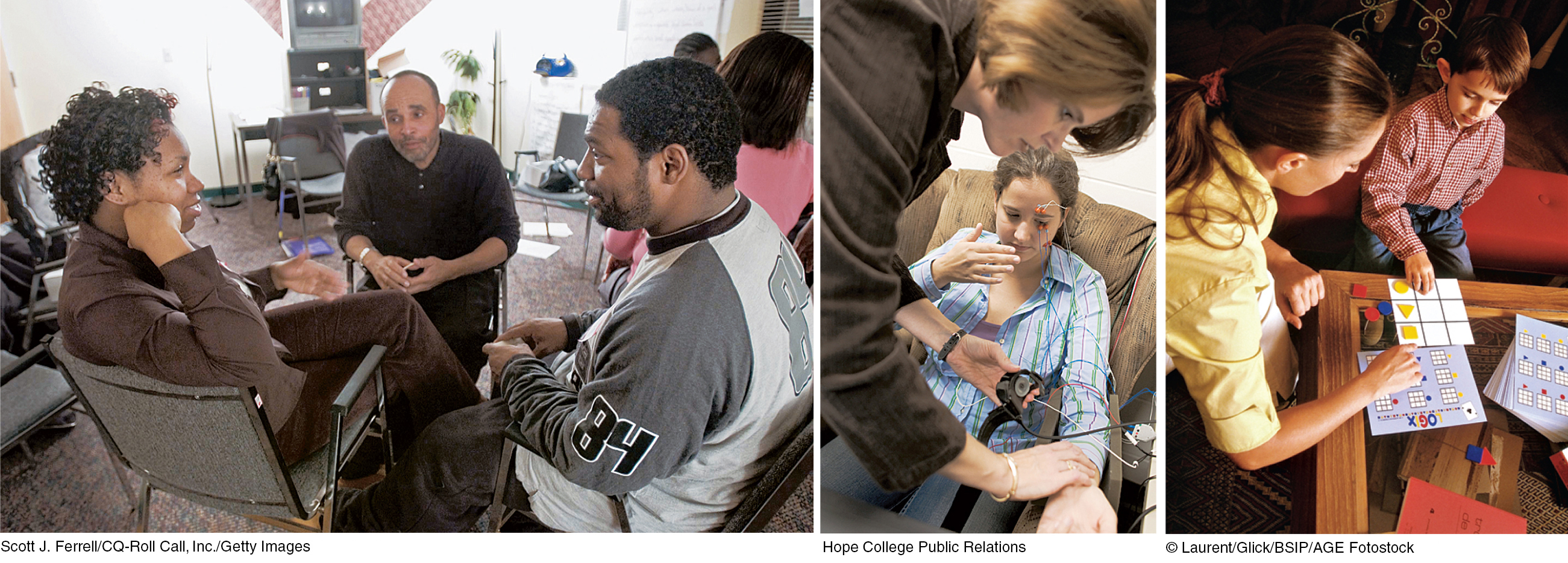
The cluster of subfields we call psychology is a meeting ground for different disciplines. Thus, it’s a perfect home for those with wide-
basic research pure science that aims to increase the scientific knowledge base.
Some psychologists conduct basic research that builds psychology’s knowledge base. We will meet a wide variety of such researchers, including biological psychologists exploring the links between brain and mind; developmental psychologists studying our changing abilities from womb to tomb; cognitive psychologists experimenting with how we perceive, think, and solve problems; personality psychologists investigating our persistent traits; and social psychologists exploring how we view and affect one another.
applied research scientific study that aims to solve practical problems.
These and other psychologists also may conduct applied research, tackling practical problems. Industrial-
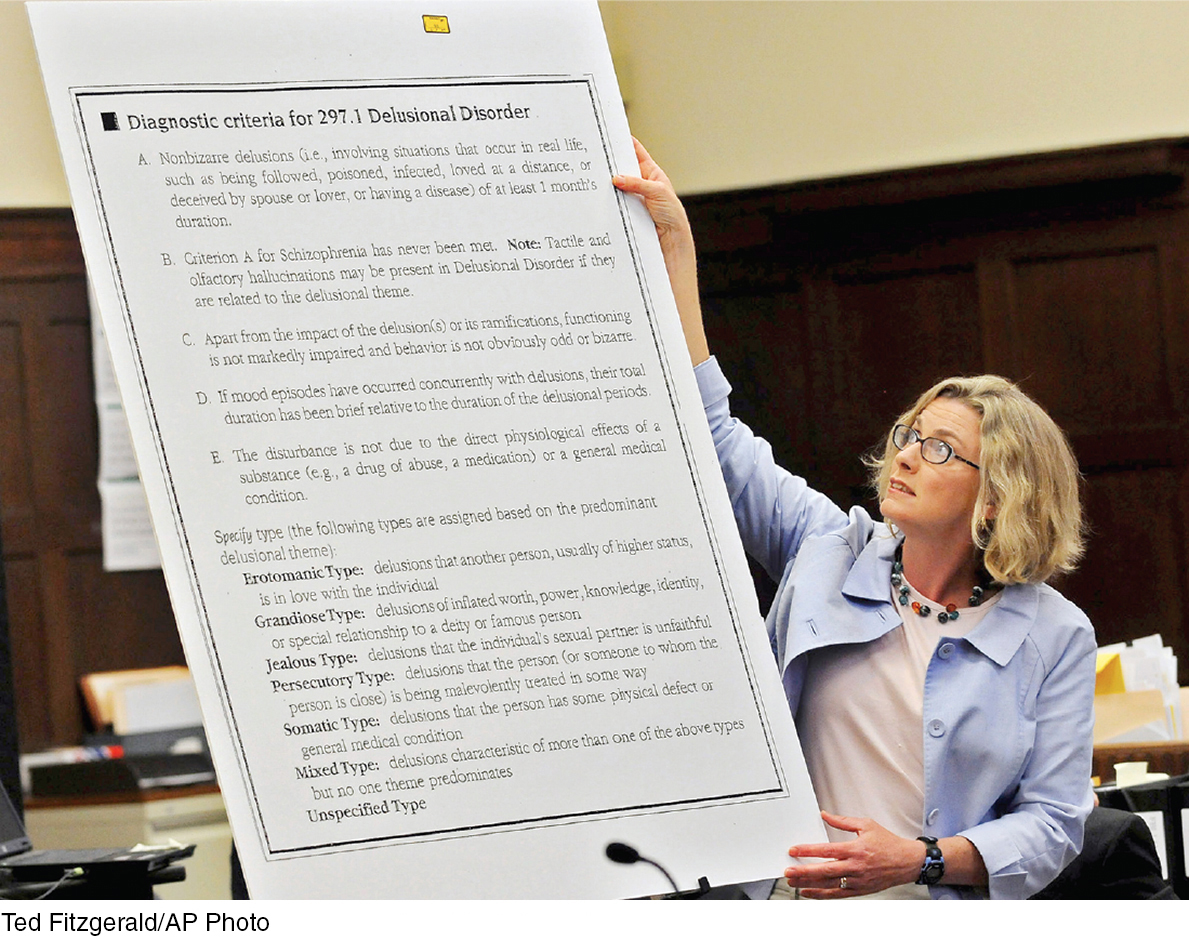
counseling psychology a branch of psychology that assists people with problems in living (often related to school, work, or marriage) and in achieving greater well-
clinical psychology a branch of psychology that studies, assesses, and treats people with psychological disorders.
psychiatry a branch of medicine dealing with psychological disorders; practiced by physicians who sometimes provide medical (for example, drug) treatments as well as psychological therapy.
Although most psychology textbooks focus on psychological science, psychology is also a helping profession devoted to such practical issues as how to have a happy marriage, how to overcome anxiety or depression, and how to raise thriving children. As a science, psychology at its best bases such interventions on evidence of effectiveness. Counseling psychologists help people to cope with challenges and crises (including academic, vocational, and marital issues) and to improve their personal and social functioning. Clinical psychologists assess and treat people with mental, emotional, and behavior disorders. Both counseling and clinical psychologists administer and interpret tests, provide counseling and therapy, and sometimes conduct basic and applied research. By contrast, psychiatrists, who also may provide psychotherapy, are medical doctors licensed to prescribe drugs and otherwise treat physical causes of psychological disorders.
community psychology a branch of psychology that studies how people interact with their social environments and how social institutions affect individuals and groups.
Rather than seeking to change people to fit their environment, community psychologists work to create social and physical environments that are healthy for all (Bradshaw et al., 2009; Trickett, 2009). To prevent bullying, for example, they might study how the school and neighborhood foster bullying and how to increase bystander intervention (Polanin et al., 2012).
 Want to learn more? See Appendix C, Subfields of Psychology, at the end of this book, and go to LaunchPad’s regularly updated Careers in Psychology resource to learn about the many interesting options available to those with bachelor’s, master’s, and doctoral degrees in psychology.
Want to learn more? See Appendix C, Subfields of Psychology, at the end of this book, and go to LaunchPad’s regularly updated Careers in Psychology resource to learn about the many interesting options available to those with bachelor’s, master’s, and doctoral degrees in psychology.
With perspectives ranging from the biological to the social, and with settings ranging from the laboratory to the clinic to the office, psychology relates to many fields. Psychologists teach not only in psychology departments, but also in medical schools, business schools, law schools, and theological seminaries, and they work in hospitals, factories, and corporate offices. They engage in interdisciplinary studies, such as psychohistory (the study of people’s historical motivations), psycholinguistics (the study of language and thinking), and psychoceramics (the study of crackpots).1
Psychology also influences culture. And psychology deepens our appreciation for how we humans perceive, think, feel, and act. By so doing it can indeed enrich our lives and enlarge our vision. Through this book we hope to help guide you toward that end. As educator Charles Eliot said a century ago: “Books are the quietest and most constant of friends, and the most patient of teachers.”
RETRIEVE IT
Match the specialty on the left with the description on the right.
Question
Clinical psychology Psychiatry Counseling psychology | Helps people cope with life challenges, such as issues at school, at work, or in relationships. Branch of medicine dealing with psychological disorders. Studies, assesses, and treats people with psychological disorders but usually does not provide medical therapy. |